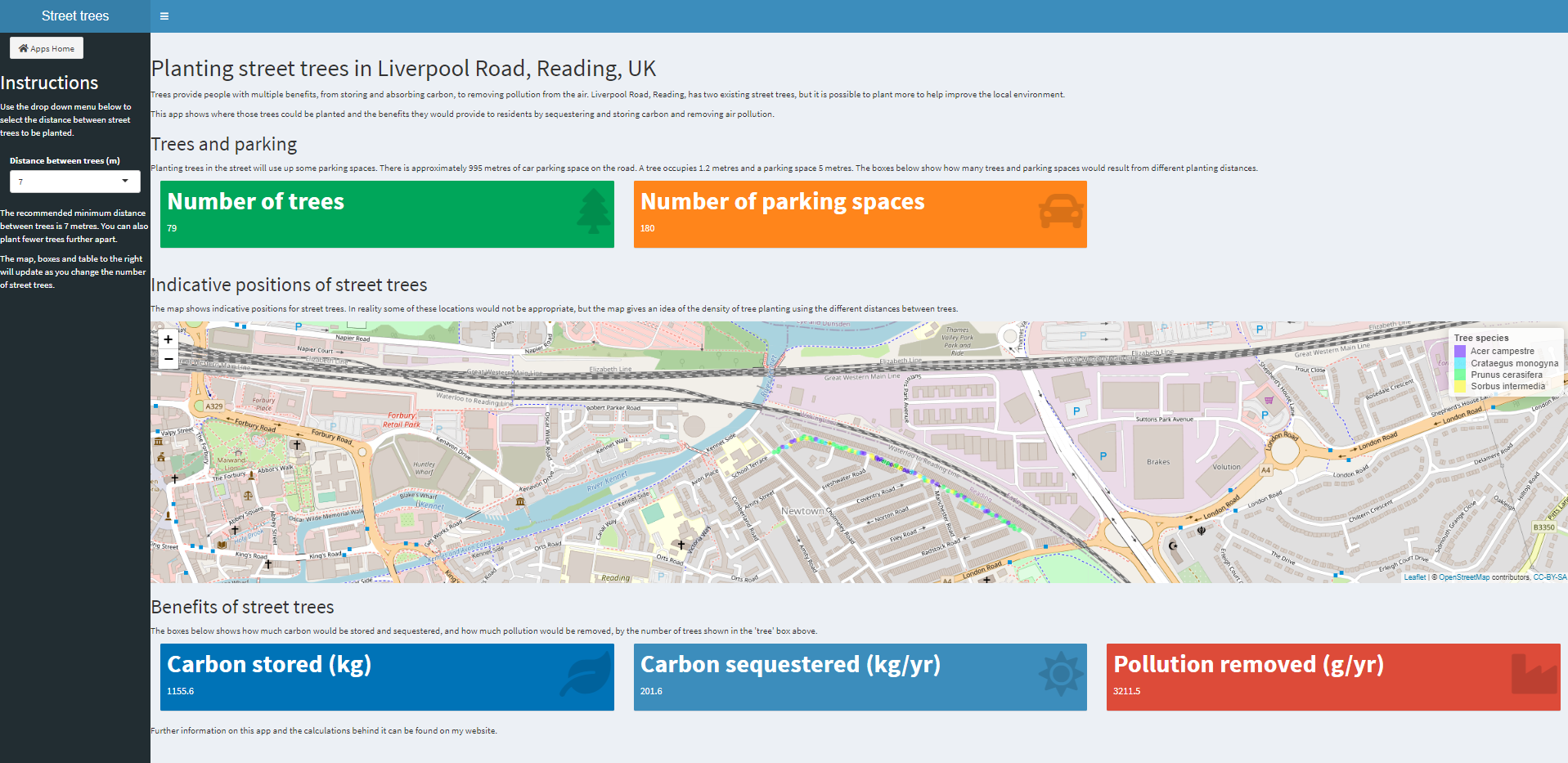Our story
We receive an enormous number of benefits from trees. They absorb carbon dioxide and produce oxygen, the remove pollution from the air, slow down the movement of water both cleaning it and preventing flooding. They provide shade and shelter and they can make us feel better just by looking at them.
There are plenty of stories of trees being planted in the wrong places and destroying things of far greater value, such as peat bogs or meadows. However, there is one area where I think there should be greater focus on tree planting, and that is in urban areas. All the benefits I spoke about above can be delivered right where people live, in urban areas, making them cleaner and nicer places to live, work and visit. The global coronavirus pandemic has meant that, in the UK at least, more people are working from home, fewer are commuting to work, people are spending more time in their local areas and in local green spaces. The quality of the environment where they live is much more important to people than it ever was.
I decided to explore the consequences of planting trees in my street here in Reading, UK, and to create an app to let other people do this too.
How many trees could be planted in my street? Obviously the more trees the greater the benefits, so I decided to test some different scenarios. I used minimum distances between trees of 7 metres, 14 metres and 28 metres to explore how tree density affects the benefits we receive.
The Trees and Design Action Group has a guide for the selection of tree species for green infrastructure. I used this guide to select four species of tree that would cope with being planted in streets, that were not too big, and were reasonably resilient to pollution and drought. I chose three UK native species and one European species: Field maple (Acer campestre), Hawthorn (Crategous monogyna), Cherry plum (Prunus cerasifera) and Swedish Whitebeam (Sorbus intermedia). I wanted to pick mostly native species as they have a value for biodiversity
To calculate the benefits trees provide, I used the i-Tree Eco tool. This tool has been developed by the USDA Forest Service, the Davey Tree Expert Company and others to calculate the ecosystem service benefits of trees.
The app shows that by planting trees a minimum of 7 metres apart on my street, a total of 79 trees would be planted, together absorbing ~200 kg of CO2 per year and removing 3 kg of particulate matter pollution from the air per year. On top of that the trees would provide shade and cooling during hot summers and provide habitat for wildlife, creating a better street environment!
Our advice
Creating an app like this sparks conversations about tree planting and its benefits. The tools, data and information are all freely available, but it is a technical process to create an app. However, it is really important to be able to demonstrate the benefits so that people can understand the implications and are more likely to support such initiatives.
Our metrics
An increase in street trees.
A decrease in particulate matter pollution.






